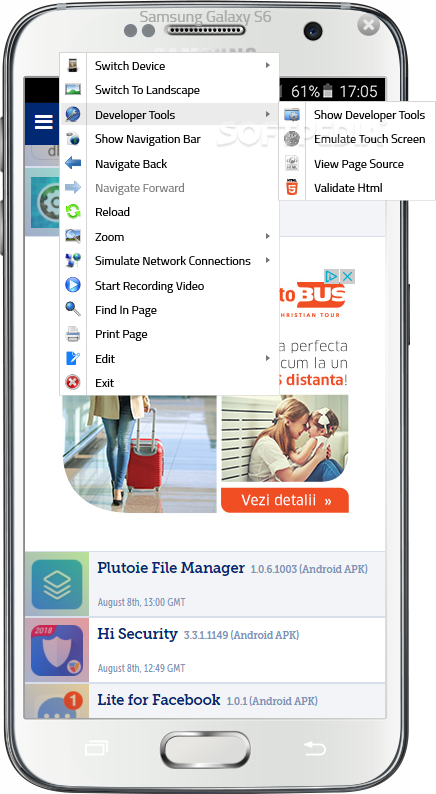
Spoon is a good resource that lets you live test your website using the most popular browsers, including Opera, Firefox, Chrome, and Safari. Most web developers focus on the most popular browsers. These features will work with version 1.4.0 of serenity-core. Though some cross-browser testing services may allow you to use to test on tons of obscure browsers, this is typically not necessary. Generate the aggregate reports from this main project (using "mvn serenity:aggregate" or "gradle aggregate").Copying the contents of the target/site/serenity directories into the target/site/serenity directory of your main project, and.Providing a different context for each test run.You may also choose to run a large test suite on several machines in parallel, and then merge the reports together. If you use any other term for your context, it will appear in text form in the test results lists, so it is better to keep context names relatively short. Manage Fingerprint Each browser profile is located separately in the cloud, guaranteeing the protection of your data and web anonymity. More than 50 connection characteristics are currently available. "linux", "windows", "mac", "android", "iphone"), a similar icon will be used. Not even the safest browser View Details Customize each parameter of your fingerprint.
MULTIBROWSER WEBSITE TEST CODE
Test development code from Visual Studio and beta apps from App Center. We work with the tools and frameworks you use. "chrome", "firefox", "safari", "ie"), the context will be represented in the reports as the icon of the respective browsers. Seamlessly integrate BrowserStack into your setup.

There are a couple of common use-cases for contexts: running the same test in different browsers, and running the same test on different operating systems. (You can disable the context tag entirely if you prefer by setting the property to false). Serenity BDD supports multi-browser and multi-environment testing.

This way, you would get tags for both the browsers and the test contexts appearing in the reports:

You can do this using the "injected.tags" system property: $ mvn verify -Dcontext=chrome -Dwebdriver.driver=chrome -Dinjected.tags="browser:chrome" Serenity will add a "context" tag to each of your tests, but you might want to make your reports even clearer by adding a more meaningful tag. Serenity will now include test runs for all three browsers in the same report: You might also run the tests a third time using PhantomJS: $ mvn verify -Dcontext=phantomjs -Dwebdriver.driver=phantomjs You might then run the tests again (or in parallel, on a different machine) using Firefox: $ mvn verify -Dcontext=firefox -Dwebdriver.driver=firefox Simple test contextsįor example, you could run your tests using the Chrome WebDriver, providing a context called "chrome" $ mvn verify -Dcontext=chrome -Dwebdriver.driver=chrome A context is a way of running the same test several times, and showing all of the results in the same report. The latest version of Serenity BDD allows you to implement multi-browser and multi-environment testing using the notion of contexts. Sometimes we might want to run the same test in different environments, or on different browsers, and still see each test run appear in the reports.


 0 kommentar(er)
0 kommentar(er)
